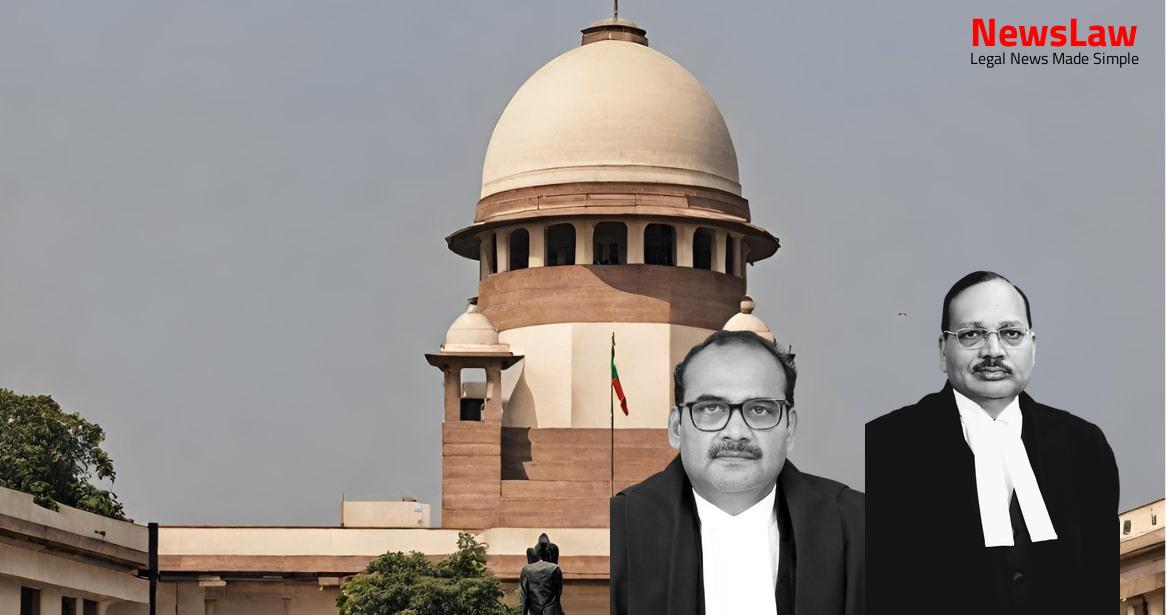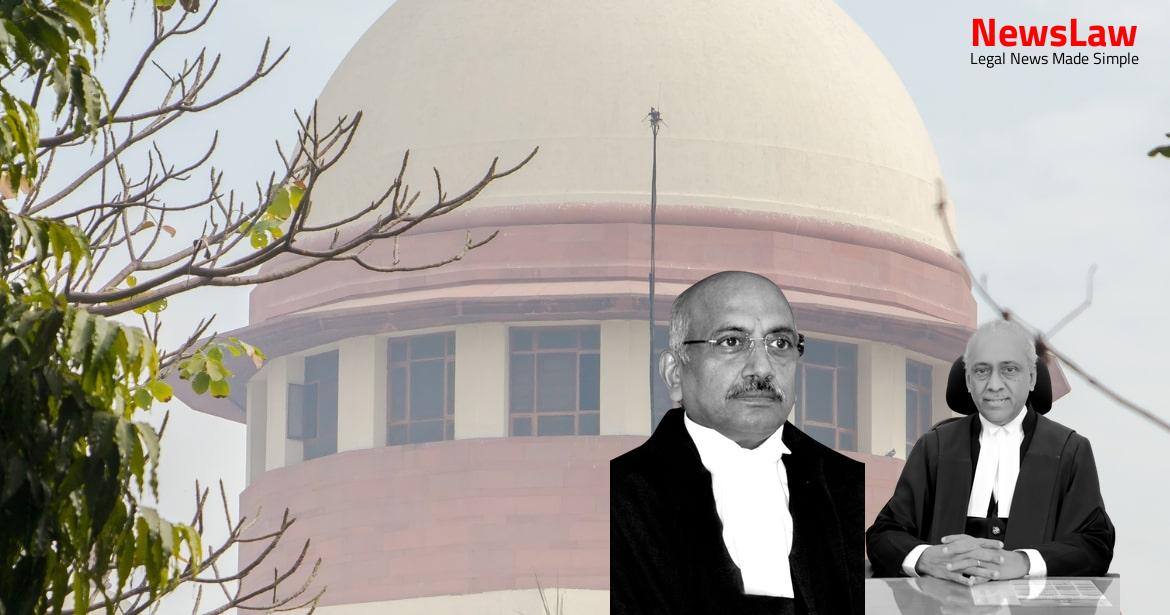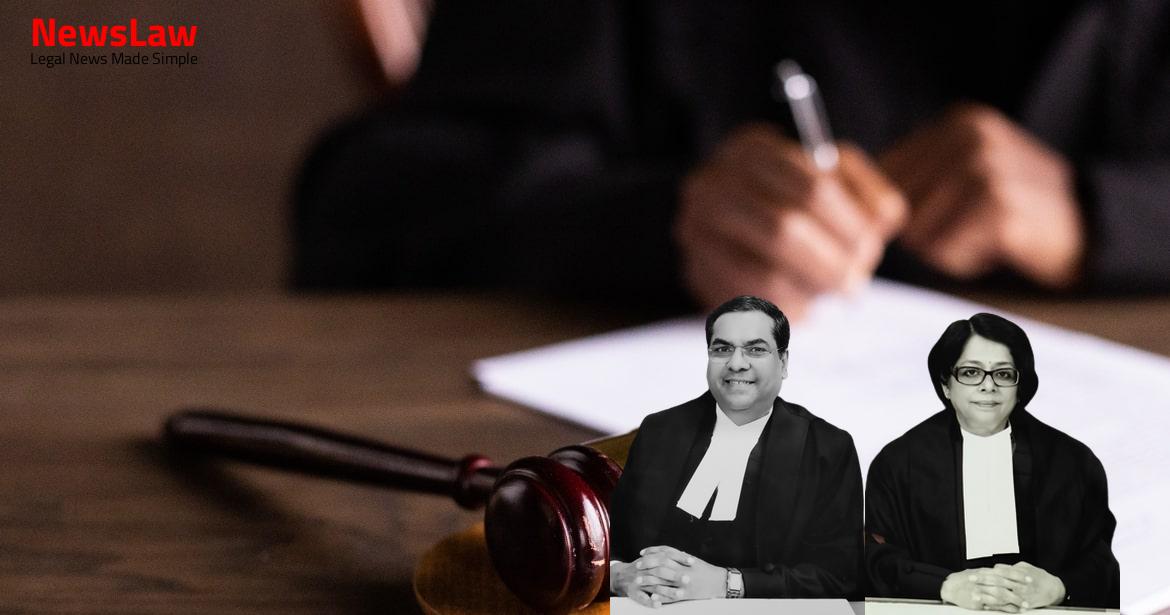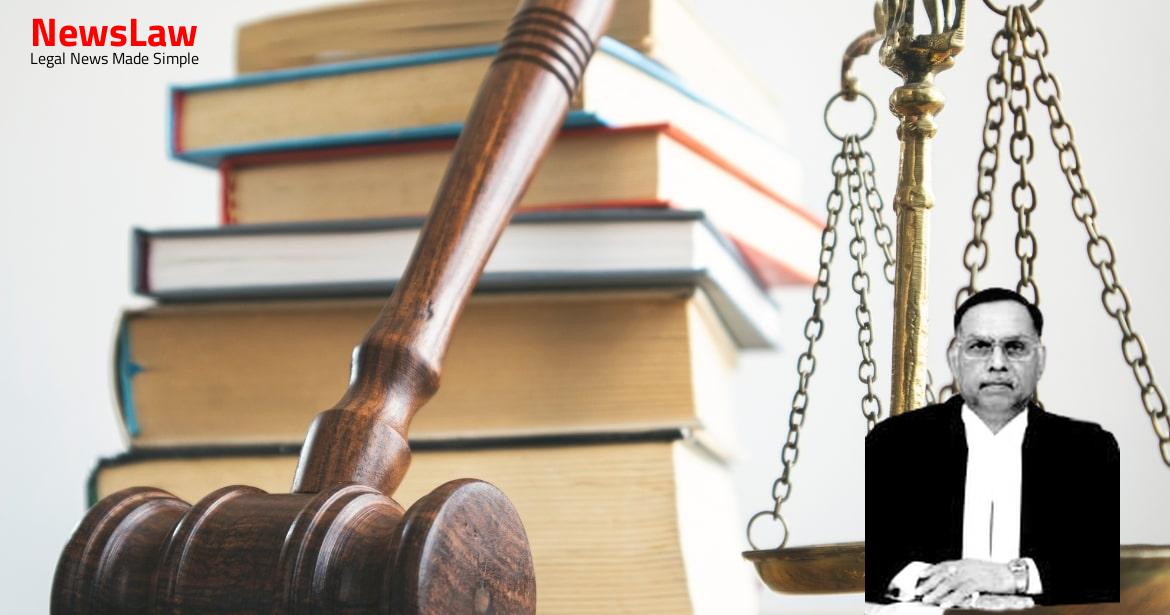The CESTAT set aside the show cause notice issued by the Appellant-Revenue to the Assessee- Respondent, on the ground that it had invoked an incorrect method of valuing related party transactions. The goods were being offered not only to independent parties unconnected with the Respondent, but also to two ‘related parties’ called “Merino Industries Ltd.” (“MIL”) and “Merino Services Ltd.” (“MSL”), as defined under Section 4(3)(b)(i) of the Central Excise Act, 1944 (“CEA”) read with Section 2(g) of the Monopolies and Restrictive Trade Practices Act, 1969.
Due to the fact that sales in the present case were made by Respondent to both independent and related parties, the latter part of Section 4(1) was deemed applicable, read with the Central Excise Valuation (Determination of Price of Excisable Goods) Rules, 2000 (“CEVR”).
The Revenue in the show cause notice duly invoked Rule 11 read with Section 4(1)(a), and also placed reliance on an earlier decision of the CESTAT, Bangalore, in Aquamall Water Solutions v. One of the contentions raised was that the Revenue had incorrectly invoked Rule 11 of the CEVR, read with Section 4(1) of the CEA, to value the goods that were sold to the Respondent’s alleged sister concerns. For sales to unrelated buyers valuation will be done as per Section 4(1)(a) and for sale of the same goods to related buyers recourse will have to be taken to the residuary Rule 11 read with Rule 9 (or 10).
The Assessee took the stand that the valuation method adopted in the show cause notice for determining the transaction value for goods sold to related parties was contrary to the Circular. As part of the sales by the Assessee in the present case were to related buyers, reliance had to be placed on Section 4(1)(b) instead; ii) The CBEC Circular of 01.07.2002 clarified the methodology to be adopted for determining the value of goods when sales are made to both independent and related buyers i.e. Balbir Singh, learned Additional Solicitor General, has assailed the impugned order of the CESTAT on the following grounds:- i)
Also Read: https://newslaw.in/case-type/criminal/analysis-of-cheating-and-forgery-in-passport-case/
There is no dispute regarding the fact that there was an undervaluation of sales made by the Assessee to the related parties; ii) There is no requirement in law for there to be a specific manner in which the relevant Sections and/or Rules are quoted in a show cause notice. that mere invocation of an incorrect provision as the source of a power is irrelevant, provided the power itself actually exists; iv) The show cause notice merely cited the most apt method of ascertaining the independent selling price and the proper assessable value for the goods, in line with the spirit of Section 4(1) of the CEA; v) In any case, Rule 9 of the CEVR cannot cover the specific factual scenario of the present dispute which involves sales made to both independent and related parties, as the scope of the provision is confined only to sales made to the latter.
Sunil, learned Counsel for the Respondent, has supported the holding of the CESTAT by drawing our attention to the following:- i) The CBEC Circular of 01.07.2002 mandates the usage of Rule 11 read with either Rule 9 or 10 of the CEVR for ascertaining the value of excisable goods when sales are effected to both independent and related purchasers; ii) The Circular is binding on the Revenue and it is not open for them to take a contrary stand. While the former assails the specific reasoning given by the CESTAT for setting aside the show cause notice in terms of invocation of an incorrect part of the CEVR, the latter is more concerned with the binding nature of the CBEC Circular issued by the Revenue itself. The reason for this is that while citation of an incorrect provision may not, by itself, lead to an invalidation of the show cause notice, but contravention of a binding circular that mandates a particular methodology to be followed might.
Maintaining predictability in taxation law is of utmost importance and, for this reason, the Court should not accept an argument by the Revenue that waters down its own Circular as this would fall squarely within the contours of the prohibition outlined in Paper Products (Supra). Dhiren Chemicals Industries while interpreting an exemption notification issued under the CEA, had noted in Para 11 of its judgment that “… regardless of the interpretation that we have placed on the said phrase [“appropriate”], if there are circulars which have been issued by the Central Board of Excise and Customs which place a different interpretation upon the said phrase, that interpretation will be binding upon the Revenue. Ahmedabad Urban Development has provided an interpretation of various past decisions, including the Constitution Bench in Ratan Melting (Supra), and laid down that: 24. In any case, in the legal background set out above, even if we were to conclude that the provisions relied upon in the show cause notice was incorrect such a defect is curable and cannot be enough for the notice itself to be set aside. If, subsequently, the Revenue argues that an incorrect provision was cited and the liability in fact arises from a different source altogether, the assessee would be left in an untenable position as it would have only responded to what was stated in the show cause notice itself.
Rule 4, as we have noted already, is inapplicable in this case as it addresses situations where goods are not sold at the time of removal from the factory of the manufacturer.
Also Read: https://newslaw.in/supreme-court/discrepancy-in-date-of-birth-courts-legal-analysis/
which was in the context of transactions between related persons, the contrast between “normal price” and the price charged from ‘related parties’ was highlighted: 31.
Under Section 4(1)(a), the value of goods for the purposes of excise duty, is deemed to be the ‘normal price’ of the goods that are ‘ordinarily sold’ in the course of business, and where the price is the ‘sole consideration’ for the transaction. We observe that the show cause notice and the order of the Commissioner proceed along the basis that Section 4(1)(b) is applicable as the Assessee and MIL and MSL are related parties. The unequivocal position which emerges before us is that the price charged from independent parties for the sale of excisable goods can be used as a benchmark for determination of excise duty on related transactions when such a price is readily available. The sum and substance of our analysis is that the assessable value for the related party sales can be established by referring to the normal price under Section 4(1)(a) of the CEA, which is readily available in the present case. The justification of extending the period of limitation depends upon whether the Respondent-Assessee has suppressed facts and failed to provide accurate information regarding its sales to the Revenue. 12 in the Circular of 01.07.2002 is not contrary to the intent of the CEA and CEVR and the object behind it is to merely use “reasonable means” as outlined under Rule 11 of the CEVR, in conformity with Section 4(1)(a) of the CEA and Rule 9 of the CEVR, so as to reach the assessable value of goods for determination of excise duty.
(SURYA KANT)…………………………..
Case Title: COMMISSIONER OF CENTAL EXCISE AND SERVICE TAX ROHTAK Vs. M/S. MERINO PANEL PRODUCT LTD. (2022 INSC 1253)
Case Number: C.A. No.-006891 / 2018



